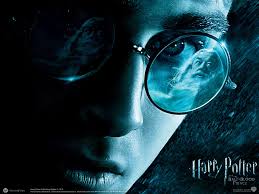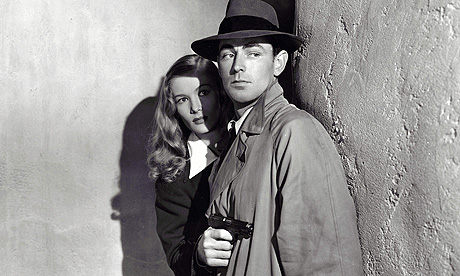cast_away_8.jpg)
This image is presented as a close-up which also allows the audience to take into account the surroundings aswell as the protagonist.To begin with,the fire which is aflame is necessary in this camera shot to indicate its impact on the protagonist,hence which is why it is purposeful to include the use of props,in this case a block of wood set on fire to convey a message of excitement and relieved by the protagonist as his facial expressions shows this.Moreover,the close up image also allows us to see the protagonist more clearly, such as sweat upon his face,half naked with pieces of clothes wrapped around his hand which could also symbolise that maybe he went through a lot of trouble in attempt to start a fire.In relation to this,the setting can also connote confusion and life threatening.In the background of this close up, the audience will be aware of the surrounding that the protagonist is in, which consists of various coconut trees/bushes among a beach.Therefore,this suggests that the protagonist is lost on a island with limited supply of food and raw materials which will aid his survival.Overall,the main focus of this image is between the setting, the fire and the protagonist where we are mainly drawn into his celebration of accomplishment in fire making.

The camera angle used in this frame is a long shot that allows the audience to view the setting surrounding the protagonist and the football.In addition,this camera angle allows us as the audience to see the relationship between the protagonist and the football as you could also see the protagonist looking at the ball.The island surrounding them also creates a sense of lost and confusion.
The camera angle in this frame is a medium shot,where the camera is tilted from a high angle looking down to the protagonist.Firstly,this particular medium shot allows the audience to focus upon the protagonists facial expression and the props,in this case a gun which contributes towards the tension and fierce atmosphere of this scene.Moreover,the audience are also views this frame from the villains point of view as we can see the camera looking down at the protagonist which shows him to be vulnerbale in this position.

This image is presented as an extreme close up to the lead protagonists face.To begin with,the purpose of this shot is to allow the audience to grasp his feelings and emotions at this point of the scene.However,the audience could only see partially his face as most of the image is darkness.That being said,automatically we focus upon the reflection from the protagonists glasses as this represents what he sees from his point of view as well as his emotion during this point.
http://www.youtube.com/watch?v=L-Qm27bhaYw&feature=related - Embedding Disabled
This scene from Harry Potter consists of medium shots and various close ups.Firstly,we are introduced to this scene as a close up to the protagonists facial expressions then referred back to the villain and then back to the protagonist.This type of shot is also known as a reverse shot which enables the audience to take the protagonists feeling of 'shock and fear.



